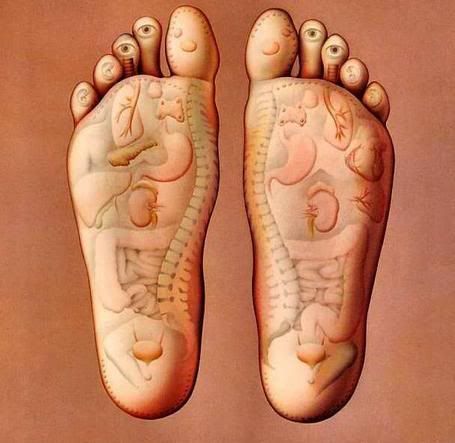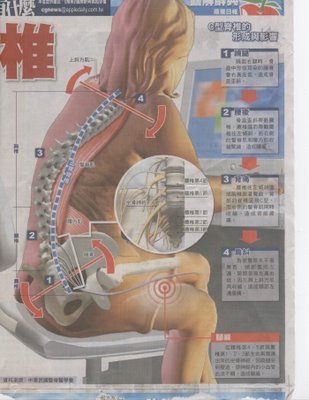The chocolate that we eat or use in desserts is the product of a long and delicate process that starts with the cacao tree. This marvelous tree grows in humid, tropical regions, between 10ƒ north and 10ƒ south of the equator. This zone, which can be enlarged in places to 20ƒ, is called "the cacao belt." The ideal altitude for a good plantation is between 400 and 600 meters (1300 and 1970 feet).
 The cacao tree, also called the cacao palm and the chocolate tree, is very fragile and highly dependent on the ambient heat and humidity. It often grows in the shade provided by other trees, such as the banana, which are taller and more robust. The fruit of the cacao tree, called a pod, presents a rather startling appearance, as it grows right on the tree trunk. A pod weighs between 200 and 800 grams (7 to 27 ounces) and takes 5 to 6 months to arrive at maturity.
The cacao tree, also called the cacao palm and the chocolate tree, is very fragile and highly dependent on the ambient heat and humidity. It often grows in the shade provided by other trees, such as the banana, which are taller and more robust. The fruit of the cacao tree, called a pod, presents a rather startling appearance, as it grows right on the tree trunk. A pod weighs between 200 and 800 grams (7 to 27 ounces) and takes 5 to 6 months to arrive at maturity.
There are three families of cacao trees, each with highly characteristic beans :
THE CRIOLLO
The criollo is of exceptional quality, highly aromatic, and almost without bitterness. It is used by luxury chocolate makers. Relatively rare (this family is actually disappearing) and very expensive, we use these to make Grand Cru chocolates with unique flavor. Criollo cocoa beans are grown, for the most part, in South America.
THE FORASTERO
The forastero is originally from the Upper Amazon and is to cocoa what robusta is to coffee. It has a very pronounced, full-bodied flavor. Today this ordinary cocoa bean is grown mainly in Africa. It accounts for 85% of the world's production.
THE TRINITARIO
The trinitario is the result of a hybridization between the other two families and is named for the island of Trinidad. It combines the delicate savor of the criollo and the force of the forastero.

Although two thirds of the world's cocoa bean production comes from Africa (Ghana, Nigeria, Ivory Coast, etc.), producing countries are present throughout the "cacao belt" and include Brazil, Venezuela, Mexico, Nicaragua, Guatemala, Colombia, the Caribbean islands, Jamaica, Malaysia, Indonesia, and Sri Lanka. Just as the geography is different, so too are the beans grown in all these various countries. Each has a personality, a certain something not present in the others. Therein lies the secret and the savoir faire of VALRHONA. We travel the world, seeking out the finest, and with it, we create truly Grand Chocolat.
Cocoa beans can be harvested all year long. In many countries, however, there are two production peaks: November to January and May to July. Harvesting is a delicate operation, as the cacao tree is too fragile for the picker to climb it. Instead, he uses a long pole equipped with a sharp blade. The maturity of a cocoa pod is measured by its color change, from green to yellow or from red to orange, and by the hollow sound it makes when struck. Once picked, the fruit is split with a machete, an operation requiring much hand labor. Each pod can contain up to 40 beans, which are surrounded by a white pulp called mucilage.















